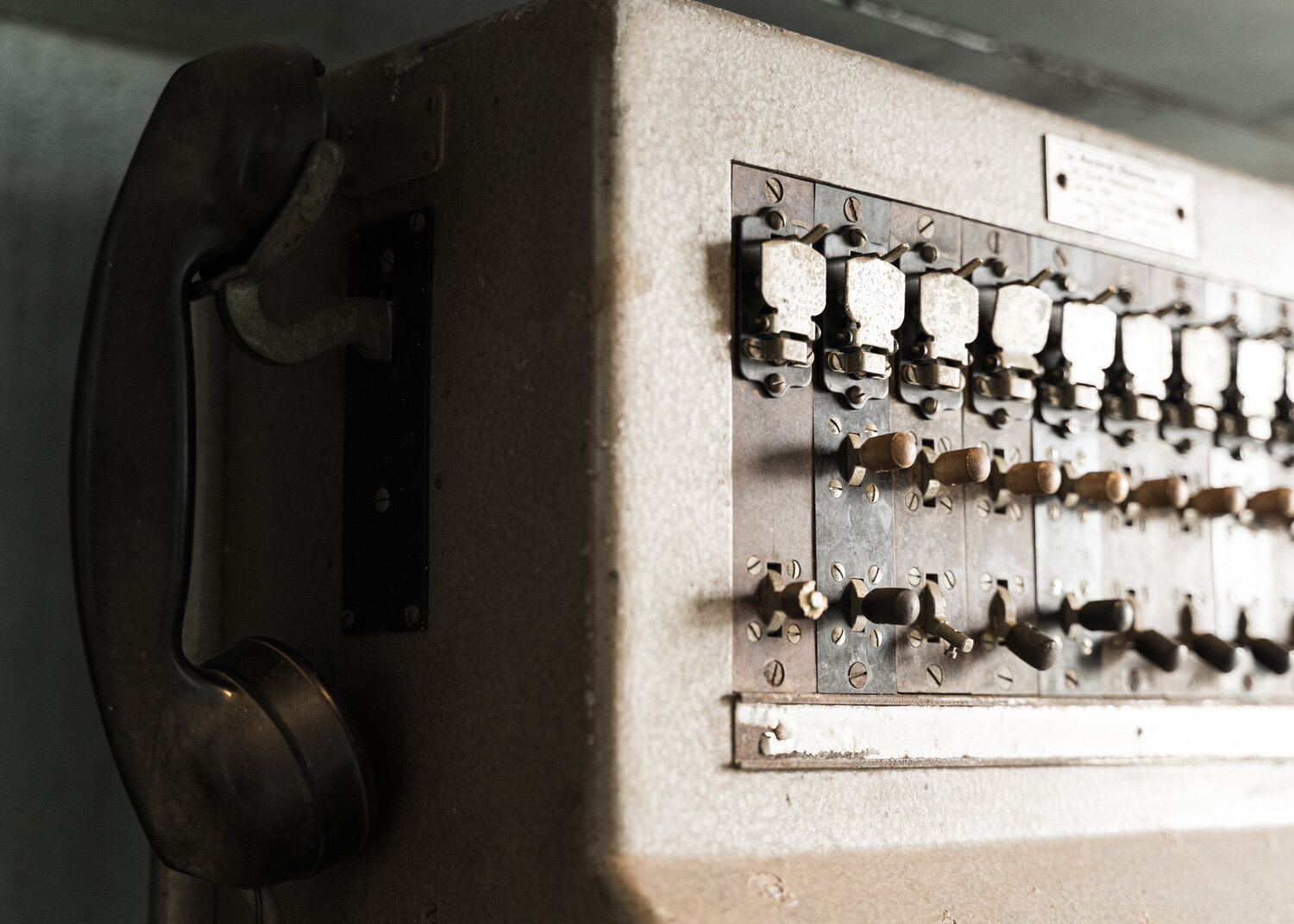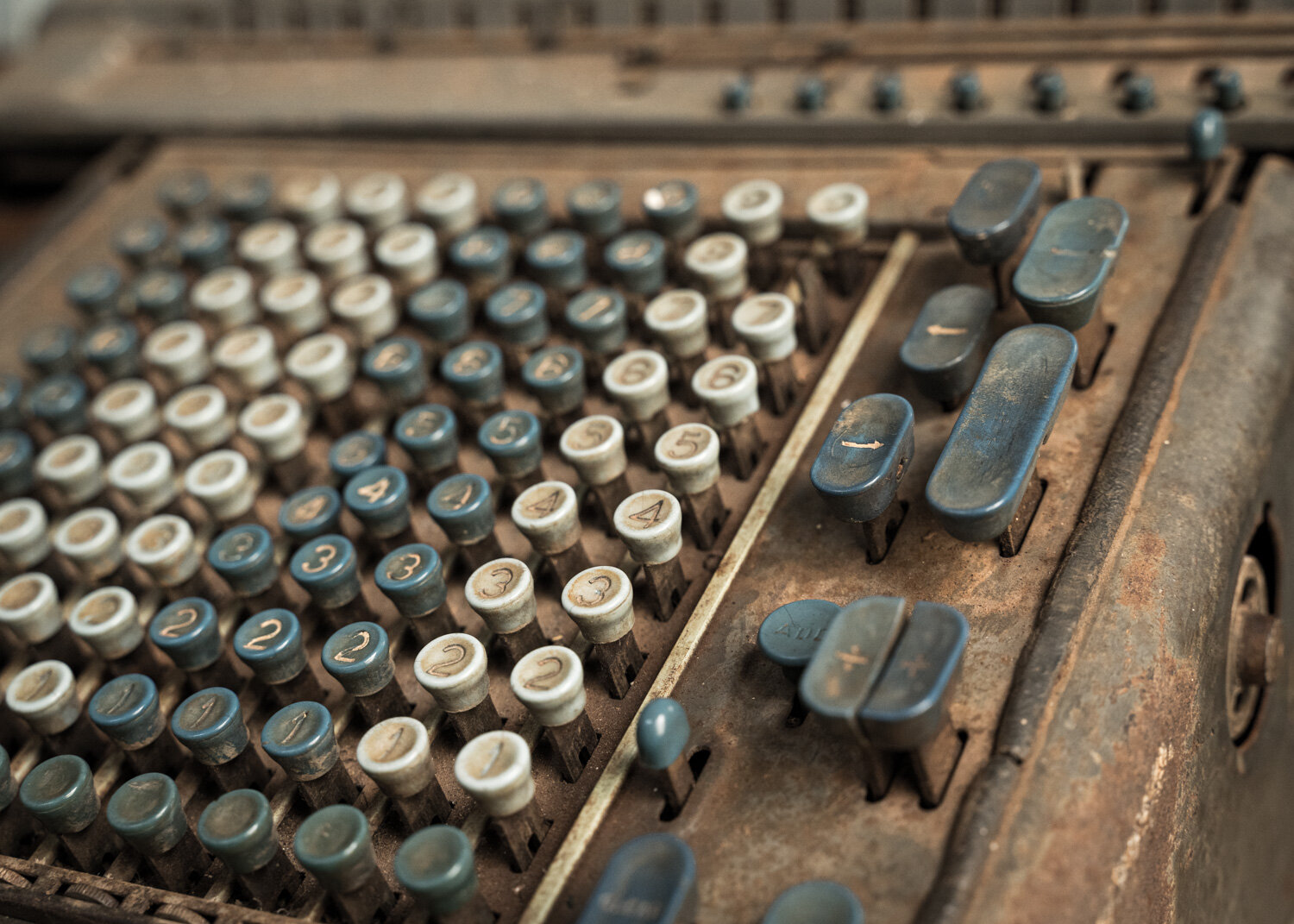Koumac, Tiebaghi Village
With the corona virus (Covid-19) here in New Caledonia since last week and with auto-confinement in place since midnight monday, photo outings are no more. I’m lucky I have a stock of images to get through and share with you. This set is one of them. A trip to Koumac, in June last year, with the family brought back memories to my mum of her childhood in Tiebaghi Village. Her father, my grandfather, worked in Human Resources on the mine and, apparently, was well liked by everyone. I remember my grandmother telling me that he’d never say no to anyone but told them he’d see what he could do. Anyway, I deviated a little.
The above panorama shows the village of Tiebaghi. From the social club on the left to the bakery on the right. In-between are a couple of grocery stores, a chapel, a playground, an engine dock, a few houses farther down, etc and behind me, from where I took this photo, there’s the clinic. Plenty to see and visit and if you’re interested and there’s a three hour guided tour that you can book with a lot of history knowledge and humour. Check out the current dates of the visits through the Province Nord website. It’s a visit worth doing if ever you have the chance. It’s kids friendly and you don’t need a four wheel drive to get there, we were in a minivan.
The Tiebaghi plateau opened in 1877 when Chromite Ore was discovered and it became the largest Chromium provider in the world in 1941. It also produced Nickel during World War II. The mine closed for the first time in 1962 and reopened in 1982 before definitely shutting down in 1990.
All the instruments and objects photographed above, were found in the clinic. A power box for dentistry, x-ray command box, a telecom switch, really old suitcases, a remote control box for… something, a crank phone, a couple of calculators and another instrument I have no idea what it was used for. Very interesting stuff and there were dozens more things I could’ve photographed but I just wanted to get a few detail shots of a handful of things. The clinic is situated above the village and has a fantastic view as you can see from the panorama photo which was taken from there.
Just a couple of photos from the social club. It’s just a empty hall and there wasn’t much in it apart from this beautiful film projector. Spectacular north-eastern views as well from the club. There are a lot of photographs of past events in the hall. It’s great to see what life was like back then.
This wasn’t my first time visiting the Tiebaghi and because of that I didn’t take a lot of photos of the exterior even though there are very interesting things to photograph. This old, rusted truck, for example, with the company name on the passenger door. There’s also a small cargo rail and cable car for the minerals and whatnot. The engine dock is quite interesting as well with it’s massive equipments.
One thing we HAD to do was find and visit the house my mum grew up in. We found it, isolated on a hill with magnificent views of the valley and mountain range. Still standing and in good condition, apart from the roof, these houses were built to last. Evidence after a few tropical depressions and cyclones. It’s difficult to imaging what life was like on Tiebaghi Village but from what my grandmother told me, though hard, camaraderie was high amongst this mining community.
I think the best time to visit Tebaghi Village would be in October during heritage month. Over a weekend they have guided visits of the village and botanical path, artisanal stands and expositions and reopen the old bakery to make and explain how bread was made in the old days. I plan on making this visit this year, if all goes well.
SONY a7 III
full-frame, mirrorless camera (body only)
TAMRON E 28-75mm ƒ/2.8 Di III RXD
standard zoom, E-mount lens
SANDISK EXTREME PRO CARD
128GB SDXC memory card
GIOTTO CLEANING KIT
lens cleaning kit with blower, brush, microfibre cloth and solution
WANDRD PRVKE
31 lt. travel backpack
WANDRD INSERT
medium size camera insert for the WANDRD PRVKE backpack
















